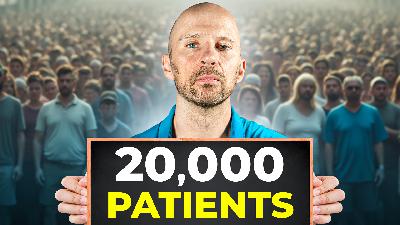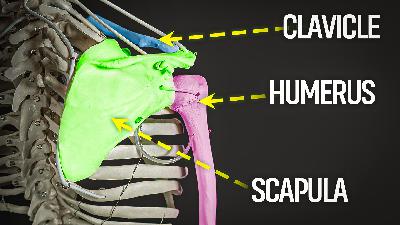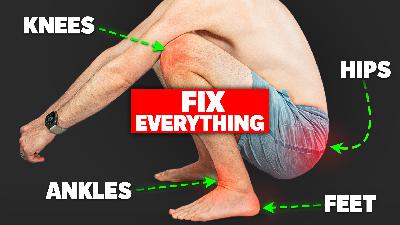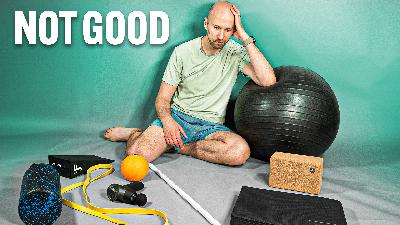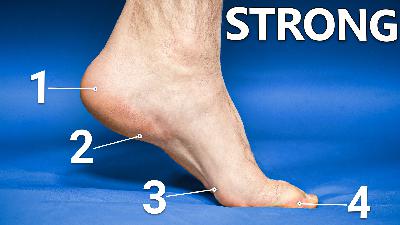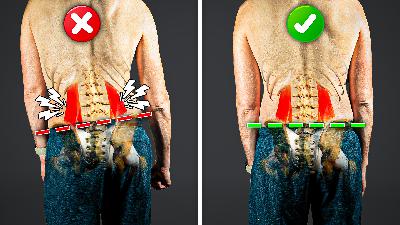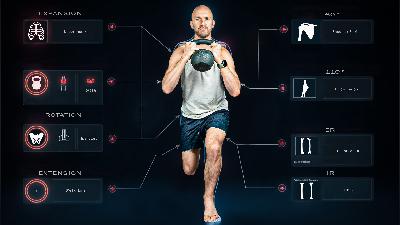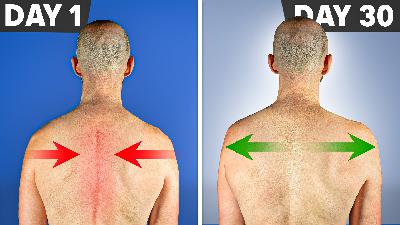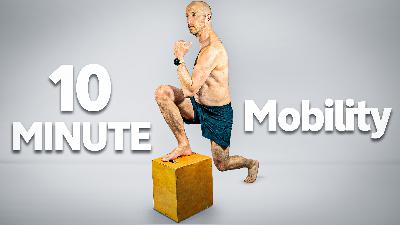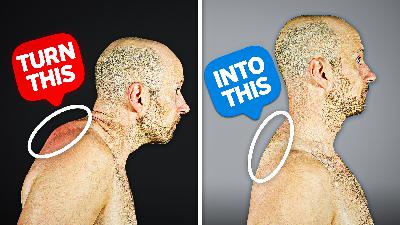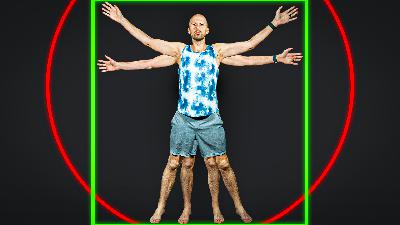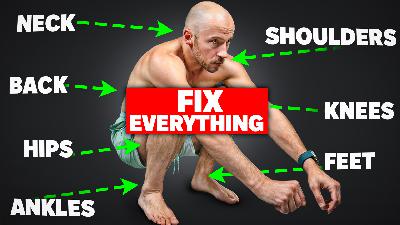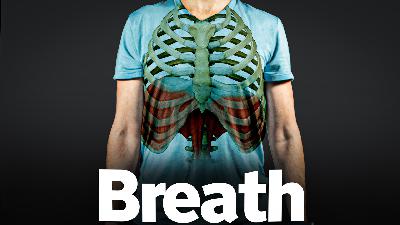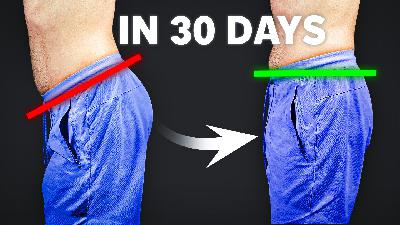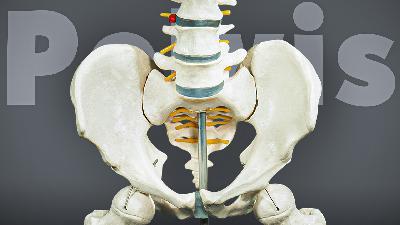Pelvic Gait Mechanics
Description
An overview and novel assessment of gait mechanics
Walking is one of the most fundamental movements we have as humans, yet how often do we see movement inefficiencies present in this common pattern?
You know who I’m talking about. The person who has no arm swing. The waddler, the toe walker. Clearly, something is going awry, but how do we determine what?
The best way to determine how to best improve gait abnormalities is by thoroughly understanding what normal gait mechanics look like.
If we know what the biomechanical ideal is for gait, we can then work backward from where our supreme clientele starts at.
Be ready to take your gait knowledge to the next level by checking out Movement Debrief Episode 141 below!
Watch the video here for your viewing pleasure.
If you want to watch these live, add me on Instagram.

 t
t Show notes
Check out Human Matrix promo video here.
Here are some testimonials for the class.
Want to sign up? Click on the following locations below:
February 20th-21st, 2021, Atlanta, GA (Early bird ends January 17th at 11:55 pm!)
April 10th-11th, 2021, Warren, OH (Early bird ends March 14th at 11:55 pm)
May 29th-30th, 2021 Boston, MA (Early bird ends April 25th at 11:55 pm!)
August 14th-15th, 2021, Ann Arbor, MI (Early bird ends July 18th at 11:55 pm!)
September 25th-26th, 2021, Wyckoff, NJ (Early bird ends August 22nd at 11:55 pm)
November 6th-7th, 2021, Charlotte, NC (Early bird ends October 3rd at 11:55 pm)
Dickinson College in Carlisle PA (POSTPONED DUE TO COVID-19) [Approved for 14 Category A CEUs for athletic trainers]
Montreal, Canada (POSTPONED DUE TO COVID-19) [6 CEUs approved for Athletic Therapists by CATA!]
Or check out this little teaser for Human Matrix home study. Best part is if you attend the live course you'll get this bad boy for free! (Release date not known yet :(\
Human Locomotion - This book is the gold standard when it comes to gait mechanics.
Bill Hartman - Daddy-O Pops is one of the best PTs I know and is a big mentor to me.
Veronika Campbell - She's an incredibly smart clinician who you definitely should check out.
How to Stack - This post is the fundamental concept I teach all of my clients.
Here are some of my top articles outlining our inherent asymmetry in our bodies:
Normal Lumbopelvic gait mechanics
Question: Could you explain the lumbopelvic mechanics during the gait cycle?
Watch the answer here.
Answer: It's easiest to understand what the sacrum is doing by looking at the stance phase of gait.
We can break this part of gait into three components:
- Initial contact: When the foot hits the ground
- Midstance: When the center of mass is over the midfoot
- Propulsion: When I begin big toe extension and transition to the swing phase on this leg
[caption id="attachment_13226" align="alignnone" width="810"]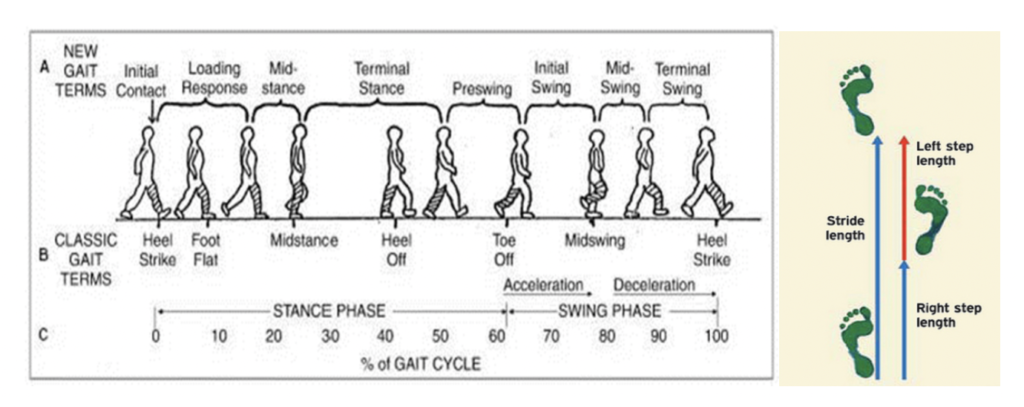 Terminal stance = propulsion (Source: Powellle)[/caption]
Terminal stance = propulsion (Source: Powellle)[/caption]
Let's use left stance as our frame of reference.
When I am beginning left stance, the sacrum is oriented to the right. As I progress through left stance, the sacrum will begin to rotate to the left; pivoting around the left leg.
During initial contact, the sacrum starts from a right orientation and begins rotating leftward towards a "centered" position. Here, the stance femur will be in flexion, abduction, and external rotation. The swing leg will be in extension, adduction, and internal rotation. The bias in the pelvis is more towards external rotation.
[caption id="attachment_13227" align="aligncenter" width="500"]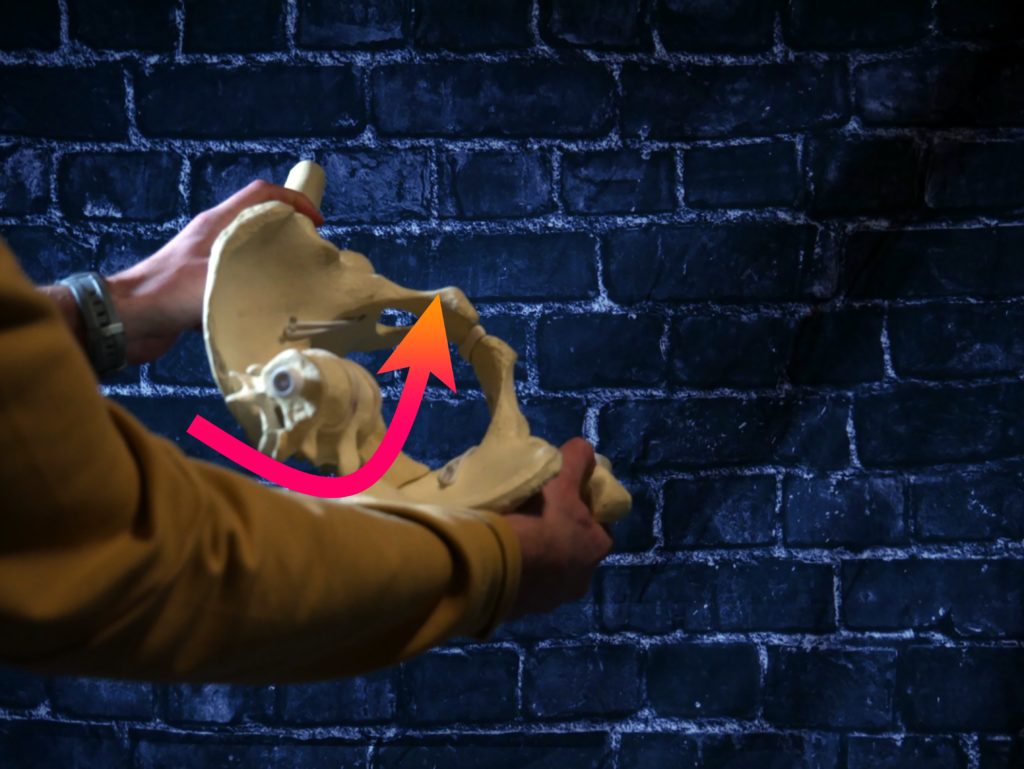 Early stance - sacrum is rotating to the left, towards a "centered" position[/caption]
Early stance - sacrum is rotating to the left, towards a "centered" position[/caption]
During midstance, the sacrum continues rotating left, and a frontal plane shift occurs within the pelvis. The left innominate will be higher than the right, placing the left femur into extension, adduction, and internal rotation. The bias in the pelvis is more towards internal rotation.
[caption id="attachment_13229" align="alignnone" width="810"]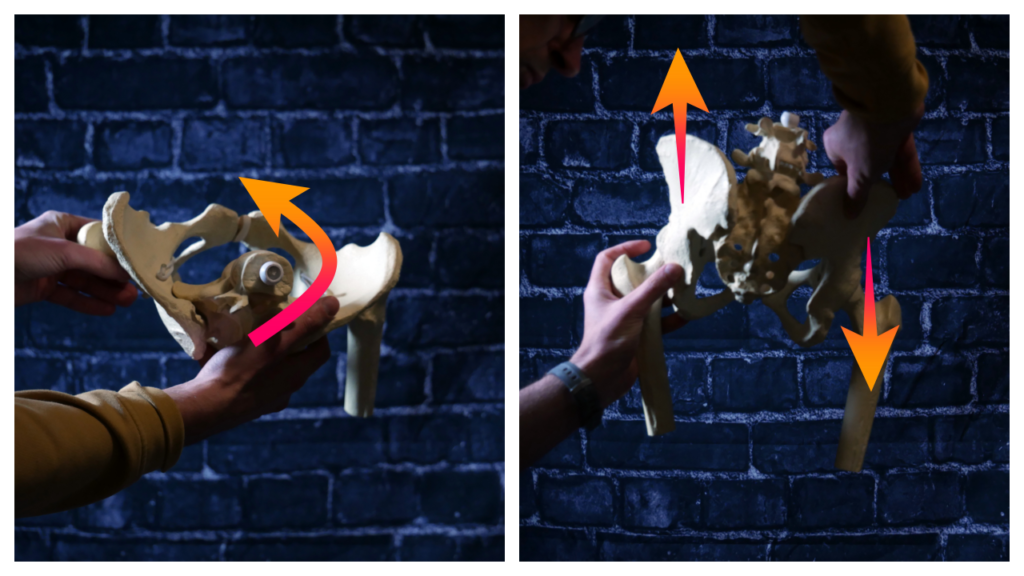 Midstance - Pelvis rotates towards the left, and there is a frontal plane shift with the ipsilateral innominate higher than the contralateral side.[/caption]
Midstance - Pelvis rotates towards the left, and there is a frontal plane shift with the ipsilateral innominate higher than the contralateral side.[/caption]
Lastly, with propulsion, the sacrum rotates fully to the left, with the right innominate being further forward than the left, completing the gait cycle. Though the left femur is still in extension adduction, and internal rotation. The bias in the pelvis is more towards external rotation
[caption id="attachment_13230" align="alignnone" width="810"] Late stance involves the sacrum rotating all the way towards the left.[/caption]
Late stance involves the sacrum rotating all the way towards the left.[/caption]
Once you've stood on your left leg like a boss, the exact opposite rotation occurs about the right leg.
Determining phase of gait restrictions
Question: How do you conclude which stance of gait is each pelvis stuck in?
Watch the answer here.
Answer: Though we don't necessarily get "stuck" in various positions, understanding what happens femorally during the gait cycle can give us an idea as to what areas we need to focus on.
PUBLIC SERVICE ANNOUNCEMENT: Please, for the love of all the things I discuss on this site, make sure you can stack before doing all this rotational stuff I'm about to show you. If someone has fairly bilateral restrictions, they will benefit from bilateral work. You go too fast down this progression, and you won't get the results you'll desire. You aren't ready for the big move ;)
Once you've stacked, and you see


